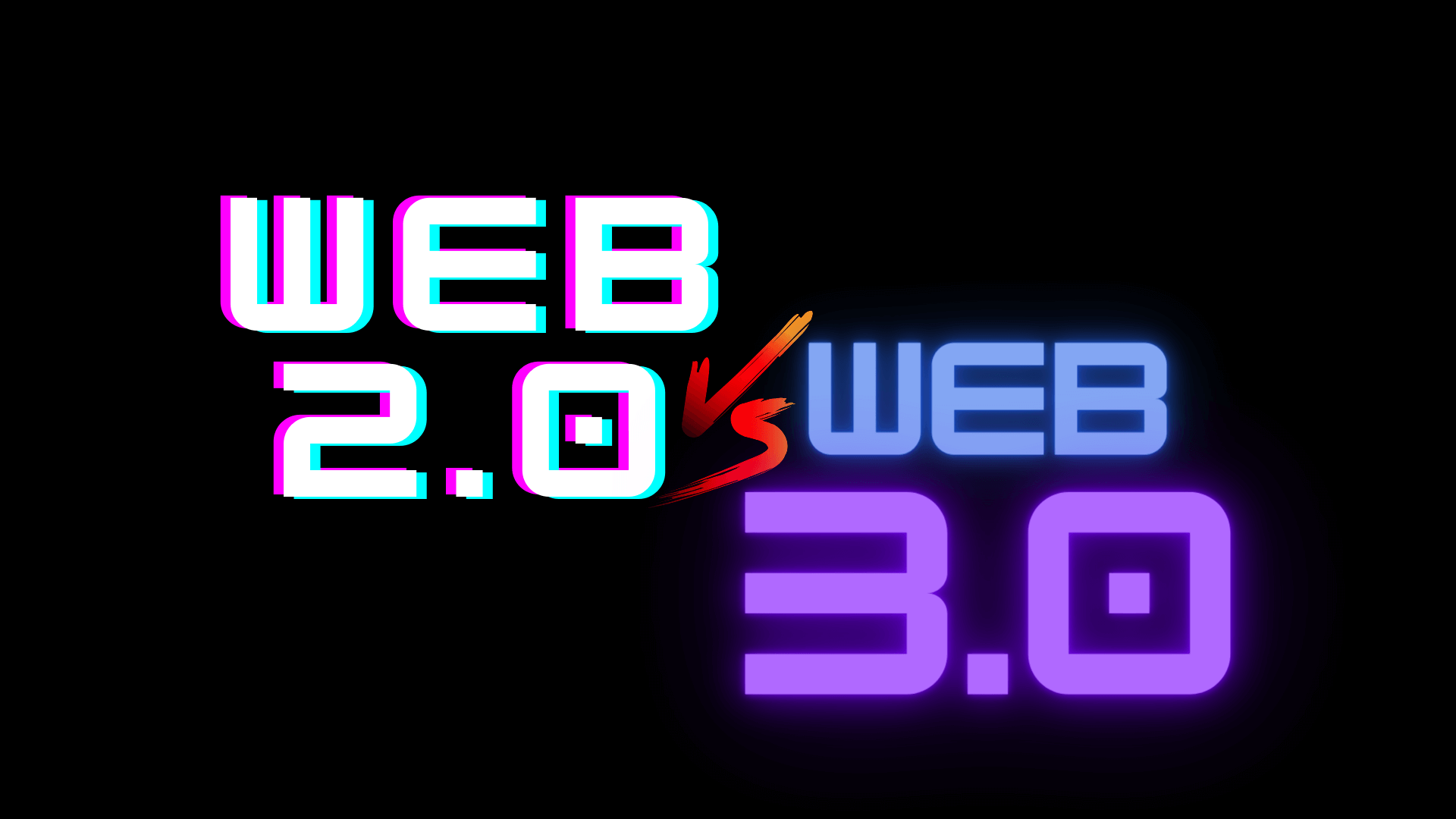Brief Summary: In this article, we will explore the fundamental differences between Web3 and Web2, two distinct paradigms shaping the future of the Internet. We’ll delve into their characteristics, benefits, and implications for businesses and individuals alike. By the end, you’ll have a clear understanding of how these two webs differ and the potential they hold.
Key Takeaways
| Aspect | Web2 | Web3 |
|---|---|---|
| Control | Centralized control by corporations | Decentralized control by users |
| Data Ownership | Owned by corporations | Owned by users |
| Transparency | Limited transparency | High transparency due to blockchain |
| Interoperability | Limited interoperability | High interoperability between blockchains |
Understanding Web2 and Web3
Since its inception, the internet has undergone several transformative phases. The transition from Web1 to Web2 marked a significant shift in the way we interacted with digital content. Now, we stand on the cusp of another revolution: the emergence of Web3. Let’s start by understanding these two internet paradigms.
Web2: The Internet We Know
Often referred to as the second generation of the internet, Web2 is the current state of the digital landscape. It’s characterized by centralization, where a handful of tech giants control and profit from user data. Here are some key attributes of Web2:
| Characteristics | Description |
|---|---|
| Centralized architecture | Data and services are hosted on centralized servers |
| Company-centric | Tech giants like Google, Facebook, and Amazon rule |
| Limited user data ownership | Users have minimal control over their data |
| Intermediaries for trust | We rely on platforms to establish trust |
| Proprietary software | Closed-source applications and platforms |
| Traditional contracts | Legal agreements and intermediaries for transactions |
Web3: The Decentralized Revolution
Web3 is the next evolutionary stage of the internet, driven by blockchain technology. It aims to decentralize control and empower users, providing greater ownership and privacy. Here are some key attributes of Web3:
| Characteristics | Description |
|---|---|
| Decentralized architecture | Data and services distributed across a network |
| User-centric | Users have control over their data and assets |
| Transparency and trust | Trust is established through blockchain technology |
| Open-source | Publicly accessible, open-source protocols |
| Smart contracts | Self-executing contracts, reducing intermediaries |
| Privacy-focused | Enhanced data privacy and control |
| Tokenization | Use of cryptocurrencies and tokens for transactions |
| Potential for a new era | Revolutionizing the internet and business models |
A Comparative Analysis
Now that we have a basic understanding of Web2 and Web3, let’s delve deeper into their differences, benefits, and implications.
Key Differences:
- Control and Ownership:
- Web2: Centralized entities control user data and assets.
- Web3: Users have ownership and control over their data and digital assets.
- Trust and Transparency:
- Web2: Trust relies on intermediaries; transparency is limited.
- Web3: Blockchain technology ensures transparency and trust without intermediaries.
- Architecture:
- Web2: Centralized servers host data and services.
- Web3: Data and services are decentralized across a network.
- Privacy:
- Web2: Data is collected and monetized by tech giants.
- Web3: Enhanced data privacy and control for users.
- Economic Model:
- Web2: Relies on fiat currency for transactions.
- Web3: Utilizes cryptocurrencies and tokens for transactions.
Benefits and Implications:
Web2:
- Convenience: Web2 offers seamless user experiences and easy access to services.
- Economic Models: It has supported the growth of various business models and advertising-driven revenue streams.
- Concerns: Centralization raises concerns about data privacy and monopolistic practices.
Web3:
- Ownership and Control: Users have true ownership of their digital assets and data.
- Transparency: Blockchain ensures transparency, reducing the need for intermediaries.
- Innovation: Smart contracts and decentralized apps (DApps) enable new forms of innovation.
- Privacy: Enhanced data privacy protects users from data exploitation.
Conclusion
Web3 emerges as a promising new internet paradigm with a focus on decentralization, user empowerment, and data privacy. While Web2 offers convenience and established business models, Web3 has the potential to revolutionize the way we interact with the digital world. Businesses and individuals alike should keep a close eye on these developments as they shape the future of the Internet.
List of Internal Links:
- What Is Web3? – Explore the basics of Web3 in more detail.
Stay tuned for more insights into the future of the Internet and the exciting developments in the Web3 ecosystem.
Hey, it’s Nicole! A tech enthusiast with over two decades of immersive exploration into the ever-evolving world of technology. From delving into the intricacies of AI and navigating the realm of apps to unraveling the mysteries of blockchain, dissecting gadgets, and indulging in the world of gaming – my journey has been nothing short of exhilarating.
My mission? It’s simple: I’m here to demystify technology and make it accessible to everyone. Whether you’re a tech novice taking your first steps into the world of AI or a seasoned enthusiast seeking the latest gadgets, consider me your guide.
Join me on this thrilling expedition through the digital landscape, where we’ll explore, learn, and conquer together. Let’s transform the world of tech into your personal playground!
